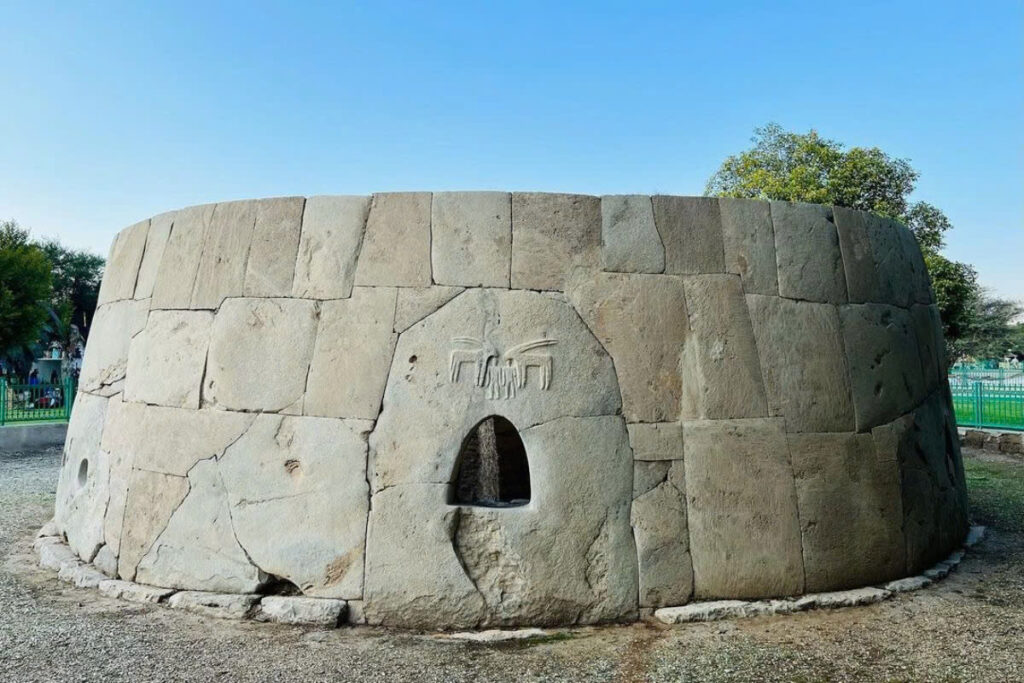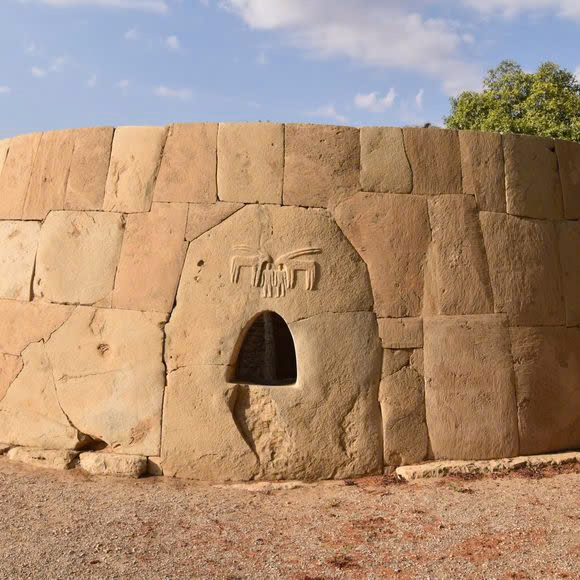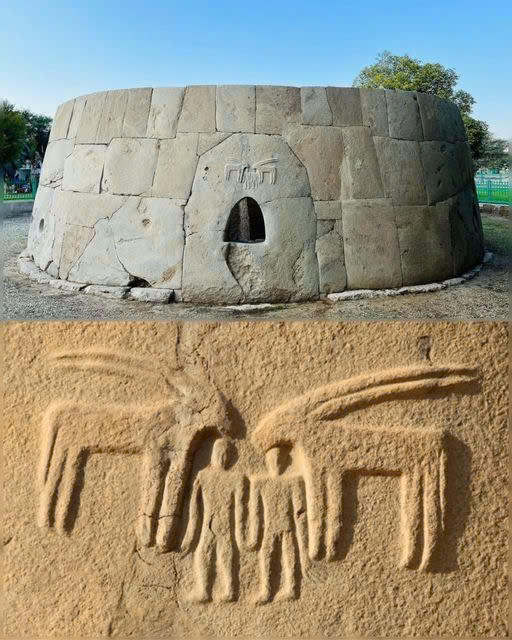A Monumental Legacy of the Umm Al Nar Culture

In the heart of Al Ain stands a remarkable testament to human ingenuity and cultural sophistication – the Hili Grand Tomb. Dating back to approximately 2500 BCE, this magnificent circular structure serves as a window into the fascinating world of the Bronze Age Umm Al Nar civilization. With its precisely crafted stone blocks and impressive architectural design, the tomb stands as a silent witness to a society that valued both technical excellence and communal bonds.
A Masterpiece of Ancient Architecture

The grand circular tomb, spanning an impressive 12 meters in diameter, represents more than just architectural prowess. As a final resting place for up to 600 individuals, it tells the story of a society that embraced collective values even in death. The extraordinary craftsmanship visible in its stone construction speaks volumes about the advanced technical skills possessed by these ancient builders, setting new standards for their era.
A Hub of Cultural Exchange and Commerce

The tomb’s contents paint a vivid picture of a thriving civilization. Carefully preserved artifacts – from intricately designed pottery to delicate shell jewelry and sophisticated metal tools – reveal a society deeply connected to the ancient world. These treasures suggest that the Umm Al Nar people were not isolated but rather key players in an extensive trade network that stretched from the Indus Valley to Mesopotamia, making them important contributors to the cultural and economic landscape of their time.
Sacred Ground for Community Gatherings

Standing prominently within the Hili Archaeological Park, the tomb’s location suggests its role extended beyond that of a burial ground. Its thoughtful design, featuring accessible spaces, indicates it served as a gathering place for community rituals and ceremonies. This dual purpose as both a burial site and ceremonial center reflects a culture that deeply valued their ancestral connections and community bonds.
A Bridge to Our Ancient Past

Today, as a UNESCO World Heritage Site, the Hili Grand Tomb continues to captivate archaeologists and historians alike. It stands as a crucial piece in understanding the sophisticated nature of early Arabian societies, offering invaluable insights into their technological achievements, social structures, and cultural practices. As ongoing research uncovers more secrets from this remarkable site, our understanding of Bronze Age life in the Arabian Peninsula continues to deepen, revealing an increasingly complex and fascinating picture of our ancestors’ lives.

